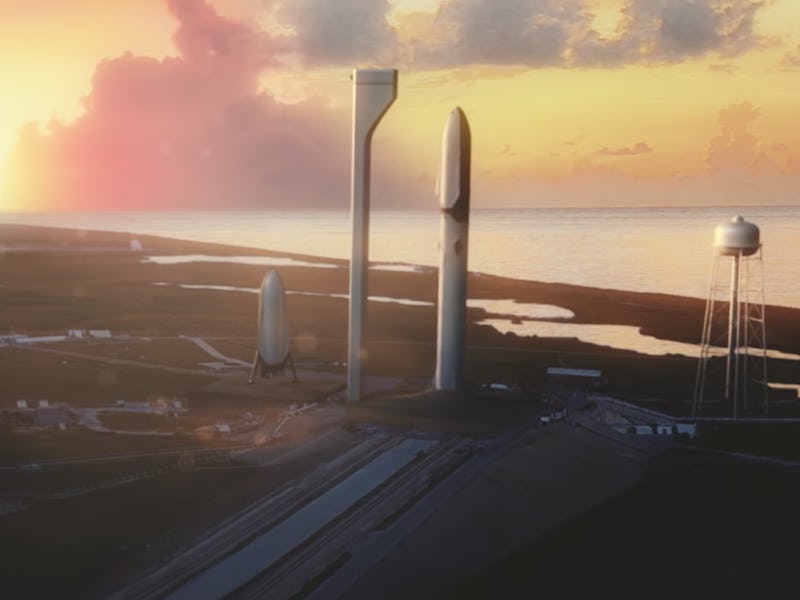The Chances of SpaceX Beating NASA to Mars Just Went Up
Who will get there first?

So, you know that whole “Journey to Mars” thing NASA is trying to accomplish? Well, it turns out the agency might actually be too poor to get there — and that’s coming straight from the horse’s mouth.
“I can’t put a date on humans on Mars, and the reason really is, the other piece is, at the budget levels we described, this roughly 2 percent increase, we don’t have the surface systems available for Mars,” William Gerstenmaier, NASA’s head of human spaceflight, said last Wednesday during a meeting of the American Institute of Aeronautics and Astronautics.
That’s discouraging to hear, but it’s also not much of a surprise to keen observers of the agency. Congress, while enthusiastically supporting NASA’s goal to put astronauts on the surface of the red planet sometime in the 2030s, has expressed severe doubts in the past about NASA’s ability to actually succeed in this endeavor. It’s never really been clear that the infrastructure and methods NASA has been discussing over the last couple of years can be built and launched with the kind of annual budget NASA is used to these days.
An obvious solution would be for the federal government to allocate more money to NASA’s Mars missions. But given the current clampdown on government spending spearheaded by the Republican party — which controls both the legislative and executive branches — it might be more prudent to go into a more unorthodox direction: NASA should team up with SpaceX to get to Mars.
Elon Musk’s Hawthorne, California-based aerospace firm is already making huge progress in the quest to make space more affordable and accessible, but this is all under its founding mission to establish a transportation system to the red planet that can sustain a colony on Mars.
There’s a popular misconception that NASA and SpaceX are competing against each other to get to Mars. In reality, the two parties, while still separate, are more or less supporting each other’s efforts by sharing certain resources, logistical knowledge, and data.
This could be an easy stepping stone by which NASA could extend a more comprehensive offer to collaborate and form an official partnership to head to Mars together. Basically, this can be a combination that leverages SpaceX’s rapid iteration of technology and testing, along with NASA’s much more comprehensive array of space infrastructure expertise and deep space travel experience to make a trip to Mars much more successful.
The hardest part of any mission to Mars is the entry-descent-landing portion, which Gerstenmaier explicitly mentioned last week as the biggest obstacle: “And that entry, descent, and landing is a huge challenge for us for Mars,” he said.
SpaceX Red Dragon
Because SpaceX is managing to pull off several different [Red Dragon] missions within every single Mars launch timeframe, it will have a ton of data to figure out how a crewed spacecraft could best land on the surface. This is a series of trials too expensive and risky for NASA to justify — but not for a private company.
For the near term, SpaceX could probably take full advantage of NASA’s Space Launch System, which will be the most powerful rocket system ever developed, when it comes to the first few Red Dragon missions.
Space Launch System
Could that actually happen? Certainly the Trump administration has been bullish about increasing the presence and activity of private companies in American spaceflight. But it remains to be seen as to whether the executive branch will pursue such an effort.